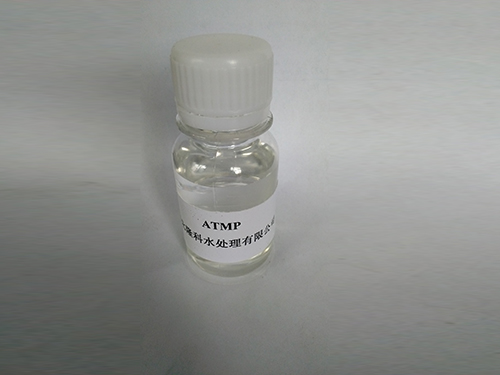polyaluminum chloride solution
An Overview of Polyaluminum Chloride (PAC) Solution
Polyaluminum chloride (PAC) solution is a widely used coagulant in water treatment processes. As a water-soluble inorganic polymer, PAC stands out for its effectiveness and efficiency in removing impurities from water. This article delves into the properties, benefits, applications, and considerations related to the use of PAC solutions in various sectors.
Understanding Polyaluminum Chloride
Polyaluminum chloride is synthesized by reacting aluminum hydroxide with hydrochloric acid. This results in a complex polymeric compound with varying degrees of polymerization. The molecular structure of PAC contributes to its unique coagulant properties, making it suitable for a variety of water treatment applications. PAC typically comes in liquid form, with concentrations ranging from 10% to 50%. Its key attributes include a high degree of positive charge, which facilitates the aggregation of suspended particles to form larger flocs that can be easily removed from the water.
Benefits of Using PAC
One of the primary advantages of PAC over traditional aluminum sulfate is its improved coagulation performance. The enhanced positive charge density of PAC allows it to effectively destabilize colloidal suspensions, even in low turbidity waters. This translates to lower dosage requirements and improved removal rates of impurities, including suspended solids, organic matter, and colloidal particles.
Another benefit is the reduction in sludge volume. PAC typically results in the formation of denser, heavier flocs, which settle more easily during the clarification process, thereby minimizing the volume of sludge generated. This not only reduces disposal costs but also enhances the overall efficiency of the treatment plant.
PAC is also noted for its versatility. It performs effectively across a wide range of pH levels, making it suitable for various water sources, including surface water and groundwater. The broad adaptability to conditions helps water treatment facilities meet regulatory standards and ensure safe drinking water.
Applications of PAC Solution
polyaluminum chloride solution

1. Municipal Water Treatment PAC is predominantly used in municipal water treatment facilities. The coagulant aids in the removal of turbidity and contaminants from raw water sources, ensuring the production of clean and safe drinking water. Its effectiveness in removing organic matter also aids in controlling taste and odor issues prevalent in treated water.
2. Wastewater Treatment In wastewater treatment processes, PAC is utilized to facilitate solid-liquid separation. It is effective in removing suspended solids, phosphorus, and other pollutants, making it an essential component in both primary and secondary treatment stages. The use of PAC in industrial wastewater treatment helps businesses comply with environmental regulations.
3. Paper and Pulp Industry The paper and pulp industry employs PAC as a retention and drainage aid. By improving the retention of fines and fibers during the paper manufacturing process, PAC enhances the quality of the final product while reducing water usage in the process.
4. Mining and Mineral Processing In the mining sector, PAC is used to clarify process water and to aid in the recovery of valuable minerals. Its ability to effectively remove impurities contributes to enhanced process efficiency and reduces environmental impact.
Considerations and Best Practices
While PAC offers numerous benefits, it is essential to use it correctly to maximize its effectiveness. The optimal dosing of PAC depends on several factors, including the quality of the raw water, the specific impurities present, and the treatment objectives. Conducting jar tests can help determine the appropriate dosage and conditions for maximum performance.
Additionally, handling PAC solutions requires safety precautions, as concentrated solutions can be corrosive. Operators should utilize personal protective equipment (PPE) and adhere to safety data sheet (SDS) guidelines to mitigate any risks associated with exposure.
Conclusion
In summary, polyaluminum chloride solution serves as an effective coagulant in water treatment processes, showcasing several advantages over traditional methods. Its versatility, efficiency, and cost-effectiveness make it a preferred choice across various industries, from municipal water treatment to wastewater management and beyond. Understanding the properties and applications of PAC is crucial for achieving optimal water quality and adhering to environmental standards. As the demand for clean water continues to rise globally, PAC will likely play an increasingly vital role in addressing these challenges.
-
Water Treatment with Flocculant Water TreatmentNewsJun.12,2025
-
Polymaleic AnhydrideNewsJun.12,2025
-
Polyaspartic AcidNewsJun.12,2025
-
Enhance Industrial Processes with IsothiazolinonesNewsJun.12,2025
-
Enhance Industrial Processes with PBTCA SolutionsNewsJun.12,2025
-
Dodecyldimethylbenzylammonium Chloride SolutionsNewsJun.12,2025





